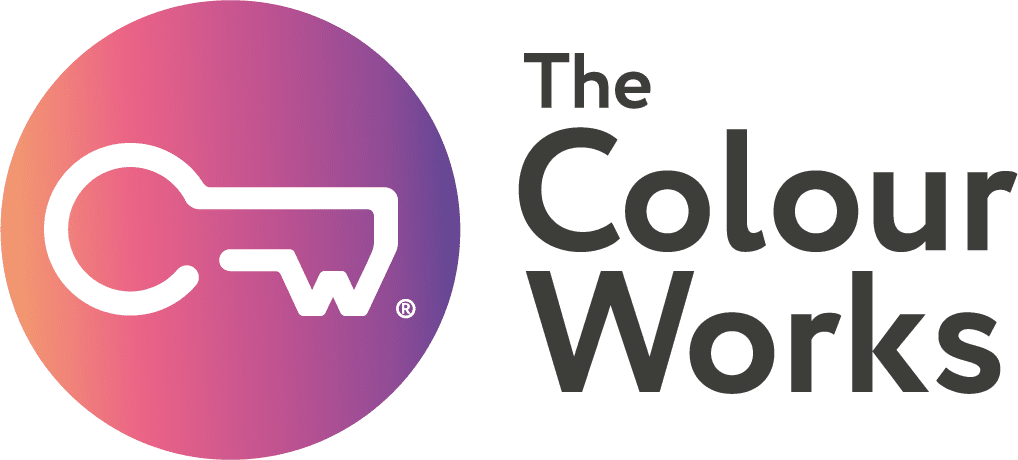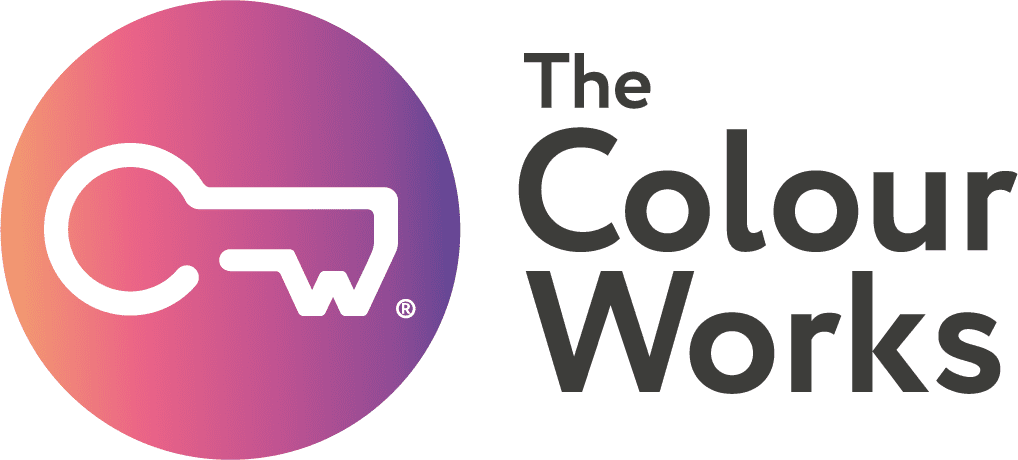Pretty much everyone these days buys into the idea that we are what we eat and that the maxim “Garbage In, Garbage Out” is scientific enough when it comes to stating the dangers of a diet excessive in sugars, fats and refined carbohydrates. But how about applying the same rules to what we think?
Could the thoughts we have be responsible for the moods we have and the way we behave? Recent studies at the Universities of Hull, Parma and St Louis suggest that they are, and it seems there are two key parts – what you’re born with, and what you do with what you’re born with.
What you’re born with
Just as we’re all born with a certain body type, the researchers found that we’re all born with a certain personality type, too, and that these are linked with structural differences in the brain.
The outer undulated and convoluted part of our brain – the cerebral cortex – is essentially the same from person to person in terms of its large-scale anatomy, but the small-scale anatomy of each of our brains is different – we’re all wired differently – and this plays a significant part in explaining why we have individual preferences and personalities.
And not only is the wiring different. There are also variations in the size of specific regions of the brain that appear to be linked with different personality types.
For example:
- People defined as novelty-seeking personalities had a structurally bigger area of the brain above the eye sockets, known as the inferior part of the frontal lobe.
- People with smaller volumes of tissue in this region displayed higher levels of timidity, approval-seeking behaviours and a greater tendency to seek gratification from external sources, such as food or drugs.
- People with “harm-avoidance” personalities had significantly smaller volumes of tissue in brain regions called the orbito-frontal area and the posterior occipital region, compared with other personality types.
- “Reward-dependence” personalities stood out for having smaller volumes of tissue in the fronto-striatal and limbic areas of the brain.
If the findings are confirmed by other scientists, they suggest that we are not only born with a given personality type, but that we develop anatomically different brains as a result of being that sort of person, and this is the most fascinating aspect of this subject.
What you do with what you’re born with
The various neural networks of the brain are made up of neurons communicating with other neurons in a series of circuits, and the more we use these pathways and circuits the thicker they become and the more easily they are accessed. In other words, if you consciously or even idly think the same thoughts day in and day out, you exercise certain parts of your brain so that they become stronger, more dominant and more easily triggered.
Every time you tell yourself you can’t do something, you strengthen and grow pathways and circuits in your brain that support this thought over and over again. Every time you listen to depressing songs and think longingly about a lost love or a missed opportunity you create your own sad reality inside your head which can then create depressing moods and even affect how you behave.
And what if you did the opposite of these things?
What if you thought positive thoughts, congratulated yourself on your strengths and all the things you’re good at, or focused incessantly on the good in you and other people? How different would your life be then?
Studies in the 1960s found that students who were rated averagely attractive (without them knowing) were later rated significantly more attractive by another set of raters after they’d had three months of being complimented on how good looking they were by students who were in on the experiment. In other words, they looked more attractive because they thought they were more attractive. Makes you think, doesn’t it!
“Personality decided at birth” – full article here







